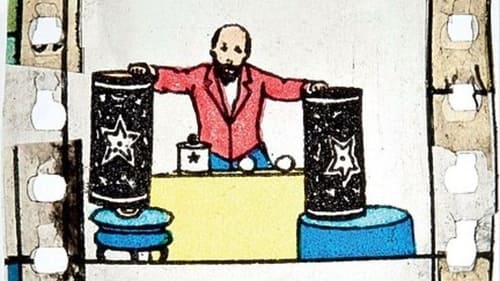Étienne-Jules Marey
出生 : 1830-03-05, Beaune - Côte d'Or - France
死亡 : 1904-05-21
略歴
Étienne-Jules Marey was a French scientist, physiologist and chronophotographer. His work was significant in the development of cardiology, physical instrumentation, aviation, cinematography and the science of laboratory photography. He is widely considered to be a pioneer of photography and an influential pioneer of the history of cinema.


